Ultimate Guide to Choosing the Right Virtual Reality Machine for Your Business
Table of Contents
- Understanding Your Business Needs for Virtual Reality Solutions
- Key Specifications to Consider When Selecting a VR Machine
- Top Virtual Reality Devices for Different Business Applications
- Budgeting for Your Virtual Reality Investment: What to Expect
- Future-Proofing Your VR Purchase: Scalability and Upgradability
- Essential Accessories and Software for Enhancing Your VR Experience
- FAQS
- Conclusion
- Related Posts
As the virtual reality industry continues to surge, with projections estimating the market to reach over $44 billion by 2024, businesses are increasingly looking to leverage Virtual Reality Machines to enhance their offerings. According to a report by Statista, the demand for VR technology is expected to grow significantly across various sectors, from entertainment to education and training. Guangzhou Longcheng Electronic Co., Ltd., VART VR, is at the forefront of this technological evolution as one of the earliest VR simulator manufacturers in China. Located in Guangzhou and covering an 8000 square meter area with over 60 dedicated staff, we specialize in providing one-stop VR or cinema projects tailored to meet diverse business needs. Choosing the right Virtual Reality Machine is crucial for businesses aiming to create immersive experiences and drive customer engagement, making informed decisions essential in this rapidly evolving landscape.
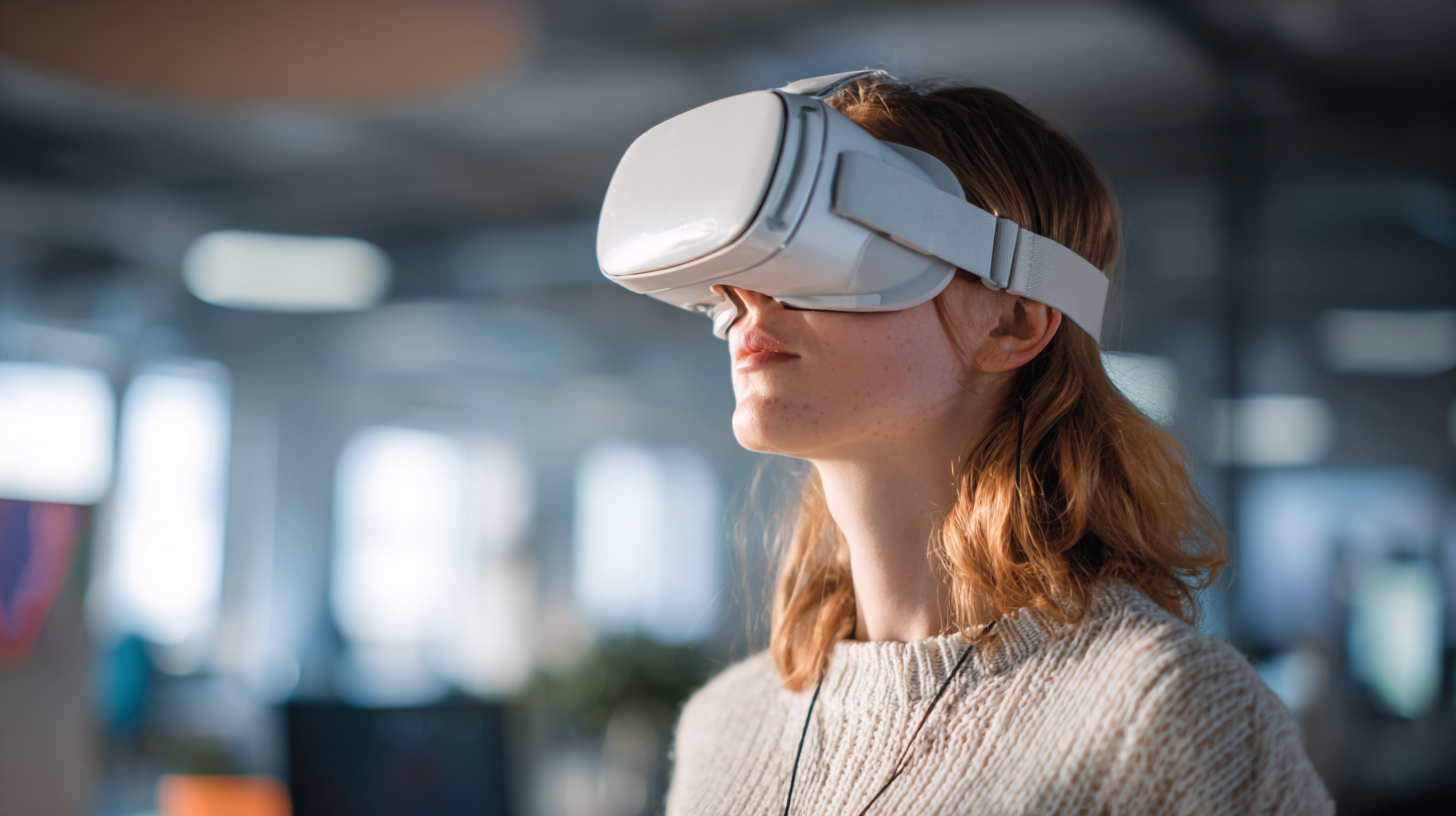
Understanding Your Business Needs for Virtual Reality Solutions
When considering the implementation of virtual reality (VR) solutions in your business, understanding your specific needs is paramount. Various sectors are experiencing rapid expansions in VR, with the entertainment industry leading the charge. The market for location-based entertainment is projected to grow substantially, driven by advancements in technologies like projection mapping and cloud convergence. Businesses operating in arcades, escape rooms, and interactive theaters must evaluate how VR can enhance the customer experience, drawing in audiences through immersive storytelling and interactive gameplay.
Moreover, the flight simulator market illustrates the trend of adopting virtual training solutions. Valued at $5.8 billion in 2024, the compound annual growth rate of 5.1% projected until 2034 reflects a significant shift towards remote and virtual training. Companies need to consider how such technologies can streamline operations, enhance staff training, and improve safety protocols. As VR breaks free from the confines of traditional entertainment, industries are recognizing its potential—be it in manufacturing, automotive applications, or even virtual tourism. Understanding these varying applications ensures that businesses can make informed decisions about which VR solutions align with their operational goals.
Ultimate Guide to Choosing the Right Virtual Reality Machine for Your Business
| Dimension | Description | Recommended Specs | Estimated Cost |
|---|---|---|---|
| User Type | Target audience such as training, education, or entertainment | Mid-range VR Headset | $400 - $800 |
| System Type | Standalone or PC-connected system | High-end Gaming PC + VR Headset | $1,500 - $3,000 |
| Content Type | Type of content to be produced, e.g., simulations or games | Graphics Card (NVIDIA RTX 3060) | $300 - $400 |
| Space Requirements | Physical space needed for VR experience | Room-Scale VR Setup | $100 - $300 |
| User Experience | Level of immersion needed | Haptic Feedback Devices | $200 - $600 |
Key Specifications to Consider When Selecting a VR Machine
When selecting a virtual reality machine for your business, it’s crucial to focus on key specifications that align with your goals. First, consider the processing power of the machine. High-performance processors and graphics cards are essential to ensure smooth and immersive experiences. Look for VR systems that utilize the latest technology, such as NVIDIA RTX series or equivalent, which can handle complex graphics and provide a seamless experience for users.
Next, prioritize compatibility. Make sure the VR machine you choose can seamlessly integrate with existing hardware and software in your business. Check whether the headset is compatible with popular VR platforms and whether it supports the specific applications you plan to use. This compatibility ensures that you won’t encounter frustrating limitations down the line.
Lastly, don't overlook the ergonomics and user experience aspects. A comfortable and adjustable headset can significantly improve user engagement, especially during extended sessions. Look for features like adjustable straps, lightweight designs, and even the potential for prescription lens inserts if necessary. This focus on user comfort can help create a productive and enjoyable VR environment for your team.
Top Virtual Reality Devices for Different Business Applications
When selecting the right virtual reality device for your business, it's essential to understand the diverse applications of various VR technologies. The virtual reality market in Germany has seen significant growth, driven by advancements in hardware, software, and content. As businesses increasingly recognize the potential of VR in training, marketing, and customer engagement, the demand for tailored solutions has surged.
Different VR devices cater to specific business needs. Head-mounted displays offer immersive experiences suited for training simulations and virtual tours, while VR simulators can provide realistic environments for skill development. VR glasses and headsets are popular for their portability and ease of use in marketing presentations. Additionally, more sophisticated equipment such as VR treadmills and haptic gloves can enhance scenarios that require physical interaction, allowing users to engage in activities that simulate real-life scenarios for better learning outcomes. As businesses explore these options, understanding the unique benefits of each device type is crucial for optimizing their investment in virtual reality technology.
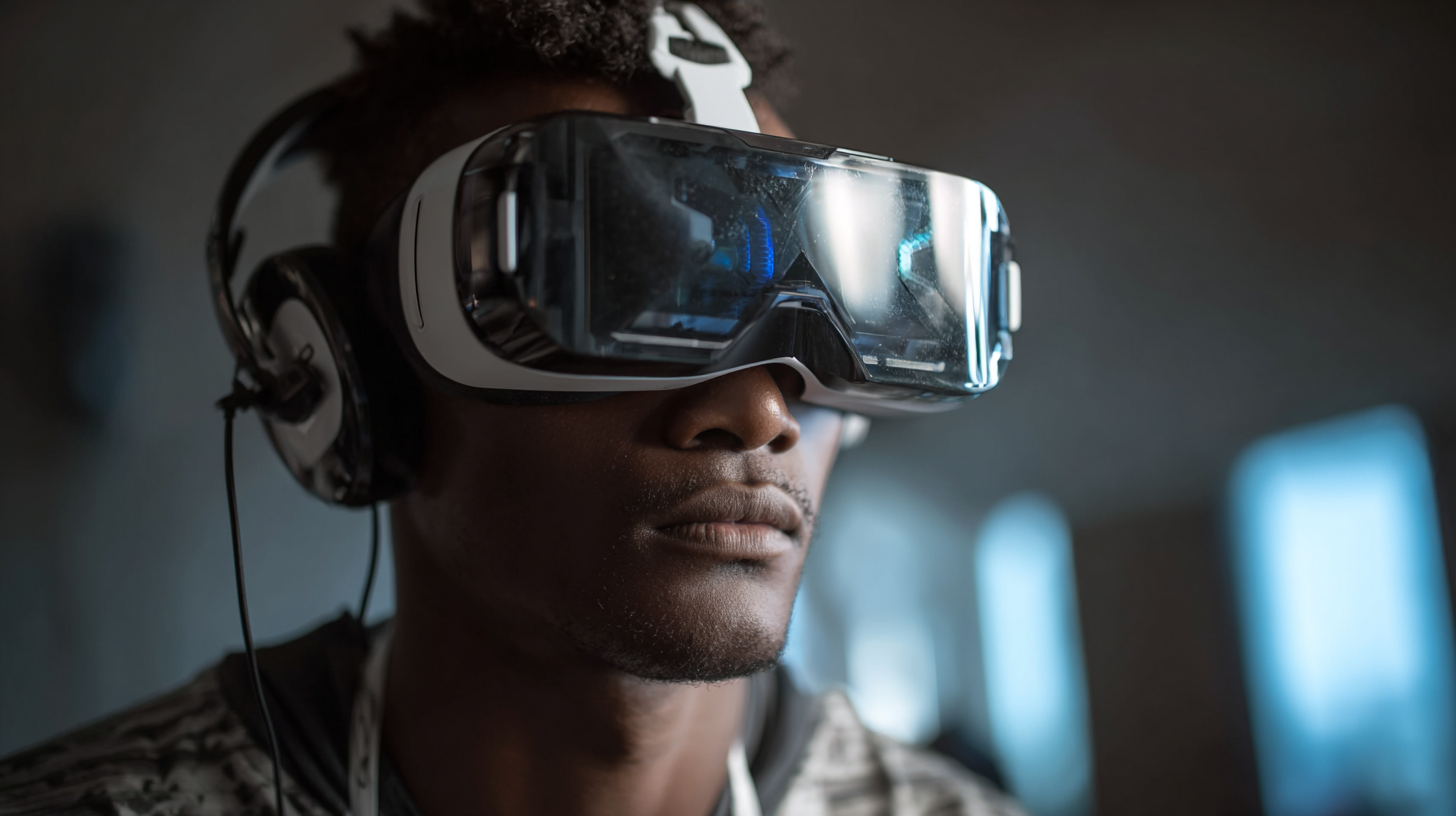
Budgeting for Your Virtual Reality Investment: What to Expect
When considering a virtual reality (VR) investment for your business, budgeting effectively is crucial. As we approach the 2025 financial landscape, businesses must navigate rising costs and evolving technology demands. Companies need to assess not just the initial purchase of VR machines but also the long-term maintenance and software licensing costs. With the anticipated changes in the tax regime, as seen in recent budget discussions, there may be opportunities for higher deductions that can ease the burden of investing in advanced technologies.
In the context of ongoing developments in sectors such as manufacturing and commercial real estate, it's evident that investing in VR can drive innovation and operational efficiency. The immersive capabilities of VR can enhance training programs, improve client presentations, and streamline design processes—making it a valuable asset in competitive industries. As firms strategize their 2025 budgets, assessing the return on investment from VR technology should be a vital part of the decision-making process, particularly given the promising trajectory of VR adoption in various sectors.
Future-Proofing Your VR Purchase: Scalability and Upgradability
When investing in virtual reality machines for your business, scalability and upgradability become crucial factors that cannot be overlooked. As technology swiftly evolves, choosing a VR system that can grow with your business will ensure that your investment remains relevant. Look for machines that not only support current VR applications but also have the potential to integrate with future software and hardware enhancements. This foresight can save you the headache and expense of having to replace your entire system as new advancements emerge.
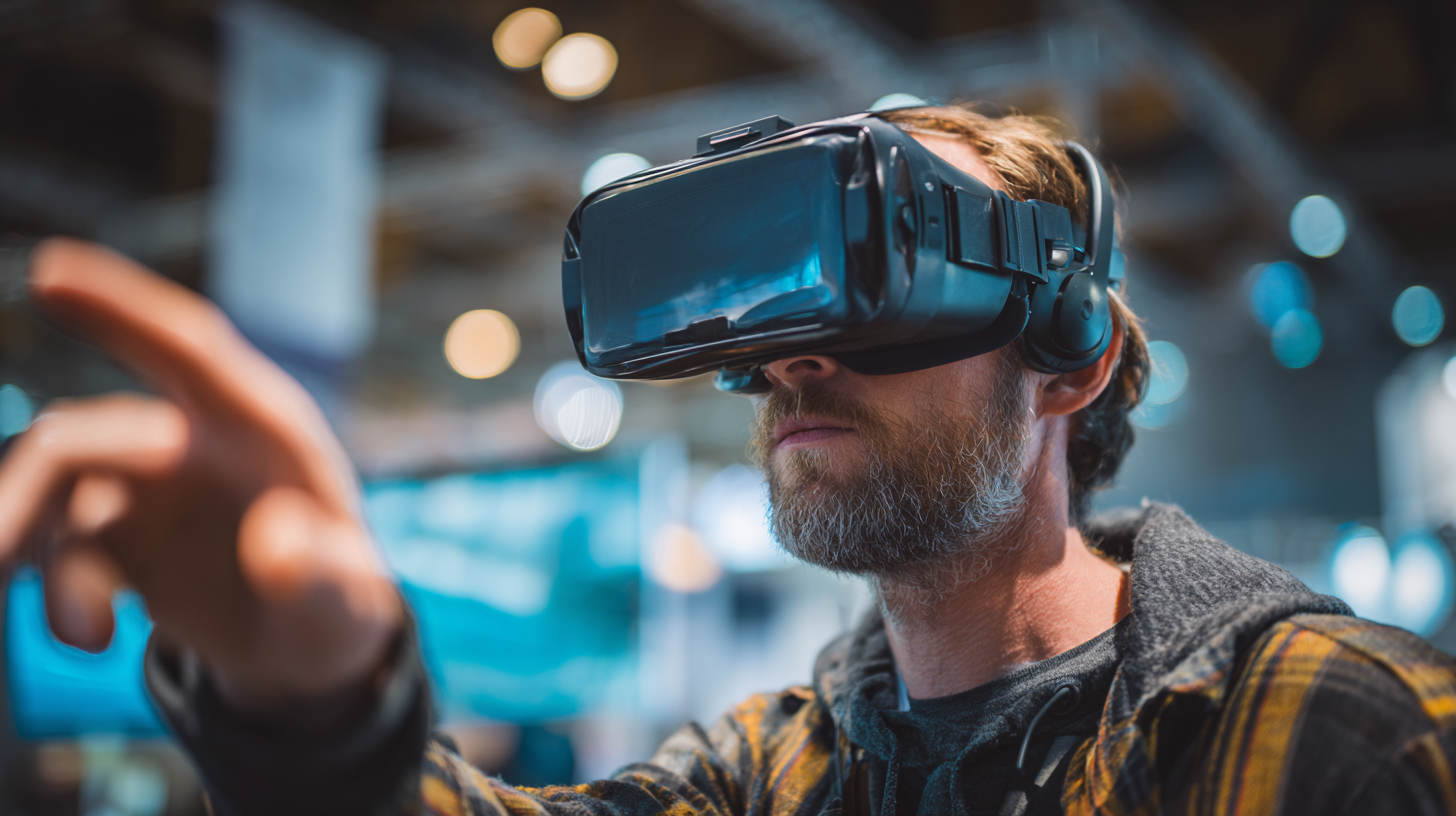
Additionally, consider the hardware specifications that allow for easy upgrades. A modular design, where individual components—like graphics cards, memory, or sensors—can be replaced or enhanced, provides flexibility. This approach can keep your VR experience cutting-edge without incurring the costs of a complete overhaul. By prioritizing scalability and upgradability in your VR choice, you position your business to adapt to the ever-changing landscape of virtual reality, ensuring you stay ahead of the competition and can fully leverage immersive technology to enhance your operations.
Essential Accessories and Software for Enhancing Your VR Experience
When selecting the right virtual reality machine for your business, it's crucial to consider the accessories that can significantly enhance the experience. A well-chosen accessory can improve comfort, practicality, and immersion, making virtual reality far more effective for training, entertainment, or customer engagement. For instance, specialized head straps can alleviate discomfort during prolonged use, allowing users to fully immerse themselves without distraction.
Additionally, integrating software solutions tailored to your specific industry can further boost the VR experience. Opting for comprehensive accessory kits will ensure your setup is optimized, from enhanced audio systems to intuitive control devices. As VR technology continues to evolve, investing in both hardware and software accessories will provide a competitive edge, setting your business apart in an increasingly digital world.
FAQS
: VR is primarily used in training, marketing, and customer engagement, allowing businesses to create immersive experiences that enhance learning and interaction.
Head-mounted displays are ideal for training simulations and virtual tours as they provide immersive experiences that facilitate skill development.
VR simulators offer realistic environments tailored for skill development, while head-mounted displays focus on providing immersive experiences for training and presentations.
VR glasses and headsets are valued for their portability and ease of use, making them ideal for marketing presentations and on-the-go demonstrations.
Businesses should consider the initial purchase price, long-term maintenance, software licensing costs, and potential tax deductions that could ease overall investment burdens.
VR can drive innovation by improving training programs, enhancing client presentations, and streamlining design processes, thus boosting operational efficiency.
Factors include rising technology demands, evolving costs, increased awareness of VR benefits, and potential changes in tax regimes that could offer financial incentives.
Assessing ROI is crucial to justify the investment, given the ongoing advancements in VR and its potential to significantly impact competitive positioning and operational success.
Sophisticated VR equipment allows for physical interaction, enhancing learning outcomes by simulating real-life scenarios that require user engagement.
The VR market in Germany has experienced significant growth due to advancements in hardware, software, and increasing recognition of VR's potential across different business applications.
Conclusion
In today's rapidly evolving technological landscape, selecting the right Virtual Reality Machine for your business is crucial for maximizing impact and effectiveness. Understanding your unique business needs is the first step, as different applications may require varying specifications. Key factors to consider include processing power, graphics capabilities, and compatibility with existing systems. As you navigate through the array of top virtual reality devices tailored for diverse business applications, budgeting plays a vital role in ensuring a sound investment.
At Guangzhou Longcheng Electronic Co., Ltd. VART VR, we recognize the importance of future-proofing your VR purchase, which entails looking for scalability and upgradability options. Coupled with the necessary accessories and software, our one-stop VR solutions are designed to enhance your experience and drive success in your ventures. Whether you are in education, entertainment, or simulation training, our extensive expertise positions us as your trusted partner in integrating cutting-edge VR technology into your business strategy.
Related Posts
-
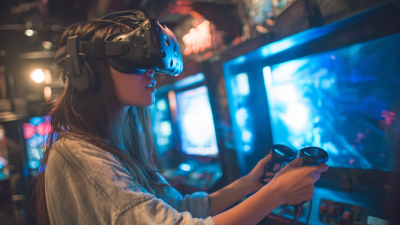
Exploring the Best Hong Kong VR Arcade Options: A Comparative Guide for Global Buyers
-
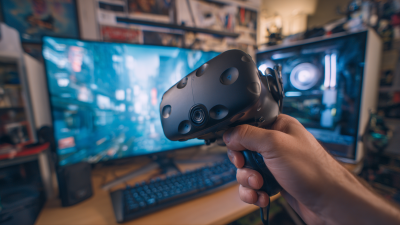
The Definitive Guide to Understanding Vr Machine Price and Its Market Trends
-
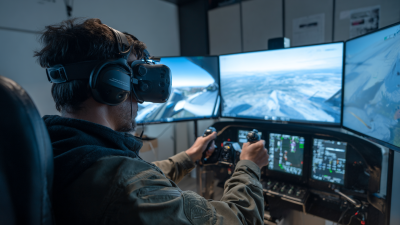
Addressing Common Issues in VR Airplane Simulators: Solutions for Improved Experiences
-
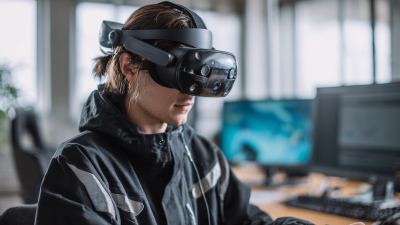
Understanding Challenges Faced by Users of Vr Equipment in Various Industries
-
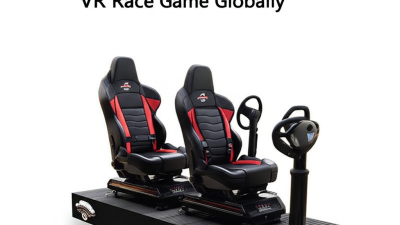
From China's Leading Factory The Trusted Source for the Best VR Race Game Globally
-
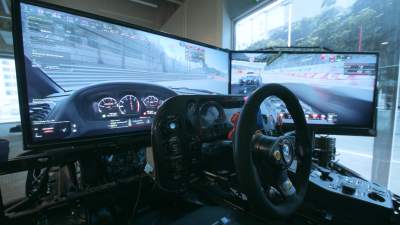
The Future of Immersive Racing Game Simulators and Their Impact on Gaming Experience

